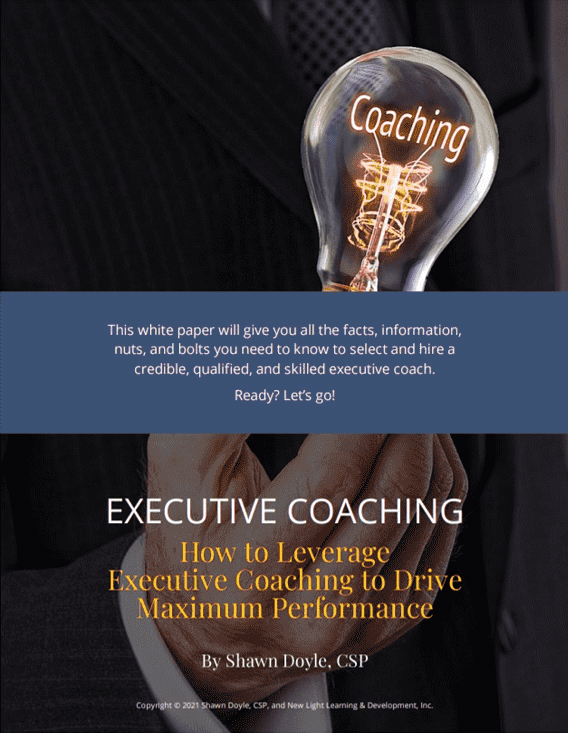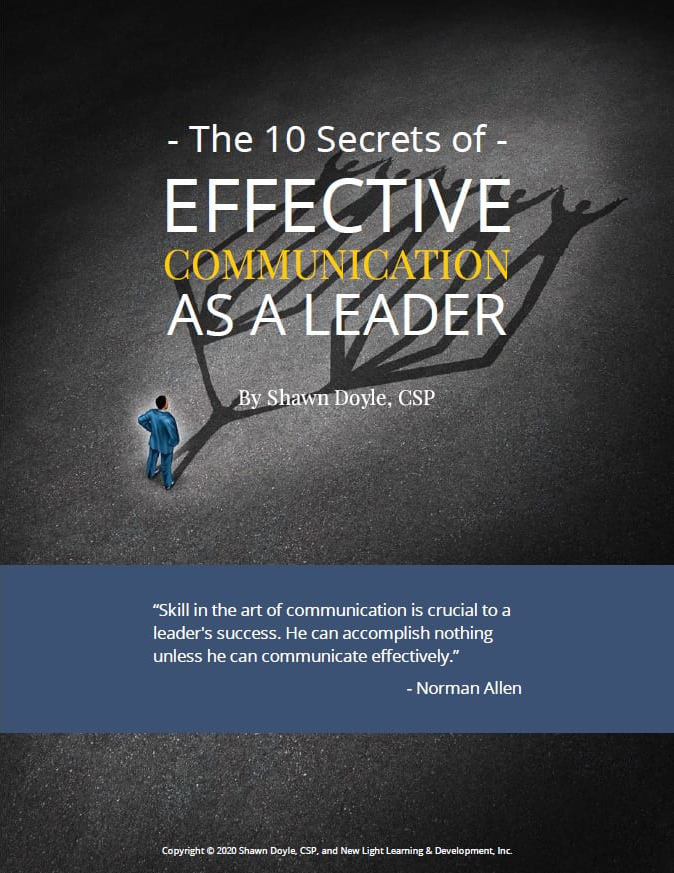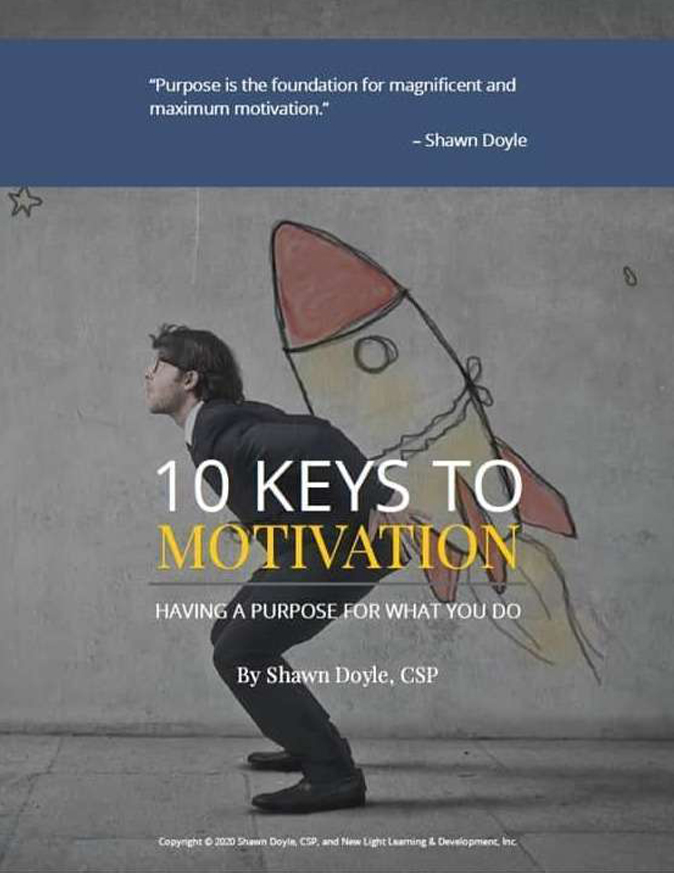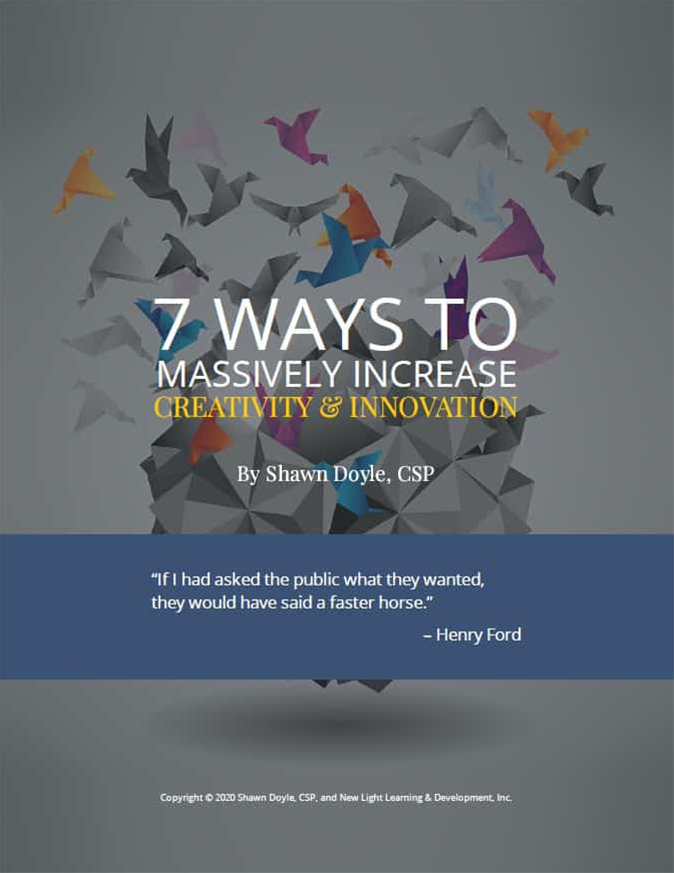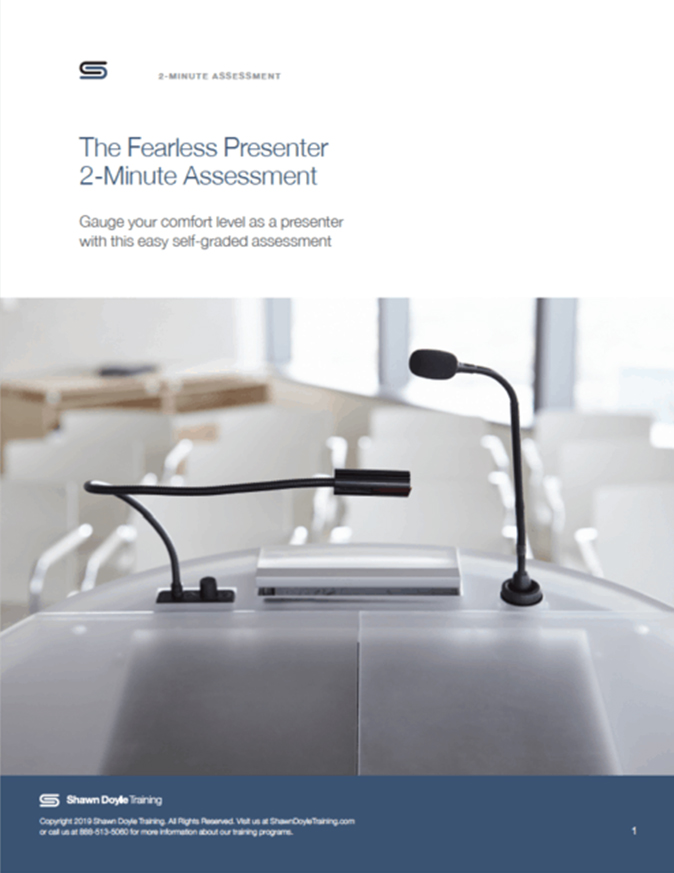Blog

The Power of Storytelling: Crafting Compelling Narratives for Your Presentations
People love stories. This is true no matter who you are. From the time we are young children, we love being told stories and hearing stories. But stories aren’t just entertaining. Telling a story is one of the best ways to get your point across. It’s also a great way to keep your audience interested in what you have to say.
Plus, you’ll feel more comfortable telling a story rather than just reciting facts. Since you’ll be more at ease, you’ll look and feel more confident, and that will have an even stronger pull on your audience. A confident and interesting storyteller is always a joy to watch.
Whatever your topic, whatever the structure of your talk, and whatever the audience, it’s always more compelling to deliver your words in the form of a story.
How can you do this? How can you make a business presentation or a company update into a story? Here are a few tips that can help.
Learning Story Structure

To tell a good story, it’s important to recognize classic story structure. Yes, all stories are unique and each tale should have its own aspects and features, but it should also follow a classic narrative arc. What does that mean? At its most basic, it means that a story should have a clear beginning, middle, and end.
That sounds simplistic, but it’s important to always remember. Your story should start with an opening that gets people interested. This could be a statistic, fact, question, or problem. Once you’ve established this opening (the beginning), it’s time to set the scene (the middle). The middle should have some tension, a challenge, or something else to overcome.
To create this drama, think about what you’re presenting and what challenges you may have. For instance, if you’re explaining why your organization should make changes to become more efficient, talk about the issues you’re currently having with inefficiency. Make them relatable. You might want to talk about how your current processes cause you to miss deadlines or have to scramble to ship products on time.
By making the challenges relatable, your audience will become personally invested in the story you’re telling. They’ll immediately be more interested in what you’re saying and they’ll want to know how these challenges can be overcome.
This is when you bring everything to a satisfying conclusion. Talk about how you can conquer the challenges you’re faced with and leave the audience with a clear takeaway or call to action.
For instance, in the above example where the challenge is becoming more efficient, the conclusion could be about how implementing certain steps can increase efficiency and stop shipments from being late.
You can then ask the listeners to think about what their jobs would be like in this scenario and that will leave them thinking about their own situation and how your solution could solve their problems. If this happens, it will mean that you’ve kept them interested, accomplished your goal, and got your point across.
Practice your Story

Just having the proper layout of a story doesn’t automatically make your presentation a great one. However, when you start with a story, it becomes easier to speak with confidence. Once you’ve written the story down, practice delivering your talk.
How does it flow? A good story should easily flow from beginning to middle to end. It shouldn’t be jarring, it shouldn’t jump around, and it shouldn’t be confusing or difficult to follow.
This is another benefit to structuring your talk like a story. When you make a point of having a strong beginning, middle, and end, you’ll avoid losing your audience or confusing them with an inconsistent timeline.
Practice telling your story out loud to make sure it flows well. Consider recording yourself or having a trusted friend or colleague listen to you speak. Make sure they can follow your story and they’re interested in what you have to say.
When you talk, speak in a way that makes you feel comfortable. Your word choice, how you transition from point to point, and how you structure your sentences will be unique to you. Write your story in your own voice and you’ll feel more comfortable and confident when you deliver it. Your audience will sense this.
Once you get the hang of structuring every presentation as a story, it becomes second nature. Soon you’ll be delivering every talk in the form of an engaging and interesting story and your audience will be hanging off your every word each time.
This is the sort of confident public speaking that Presentation Power makes possible. In this exclusive webinar, you will learn tactics, tips, and strategies to turn any talk into a memorable, high-impact presentation. Register for free today at: https://shawndoyletraining.com/presentation-power/.


